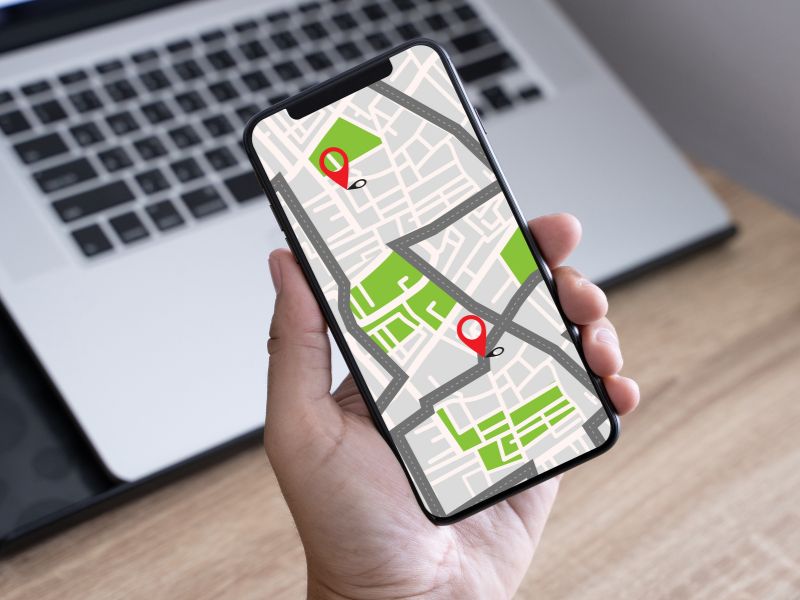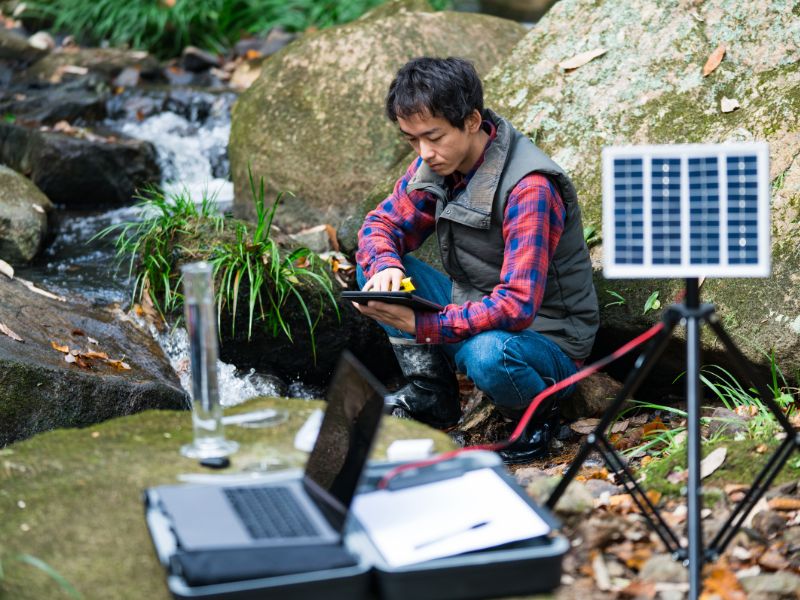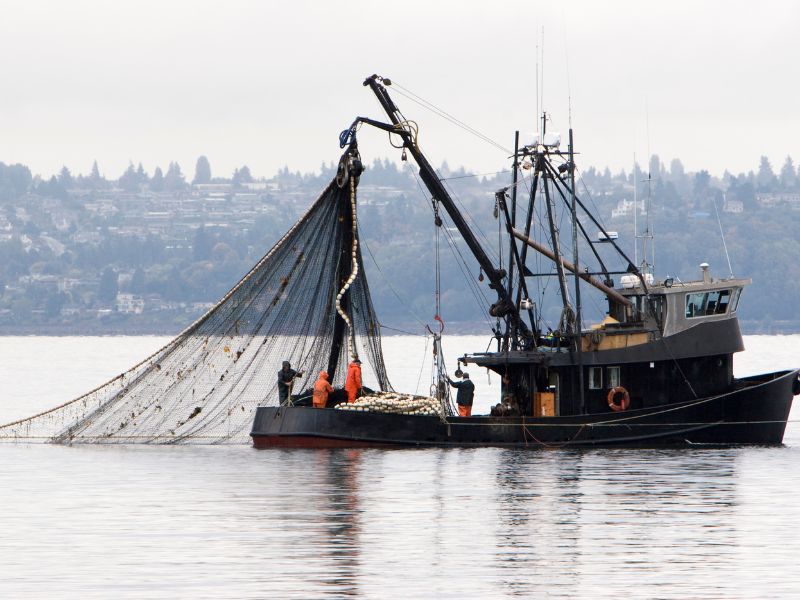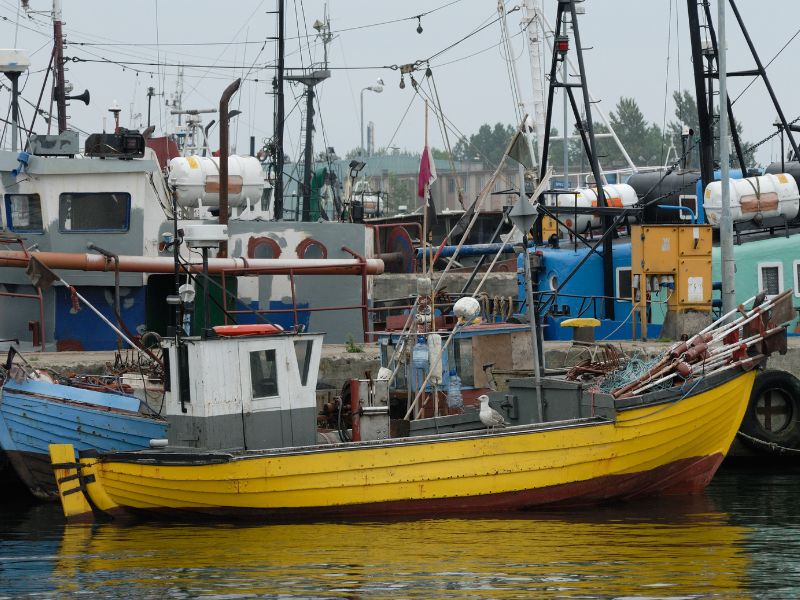Tracking Monitoring Systems as a Value-Added Element in the Operational Process
Tracking monitoring systems in the operational process can be a challenge for many organizations. Most already have an tracking monitoring platform in place to meet minimum regulatory requirements or to facilitate supervision and tracking activities. However, it is often overlooked that a monitoring system can be a valuable ally when it comes to adding value to various processes.
Tracking Monitoring Software: Tracking monitoring software is a technological tool designed to track, manage, and supervise physical or digital assets within an organization. This type of software allows companies to have real-time visibility of the status, location, performance, and lifecycle of their assets, facilitating informed decision-making, cost reduction, and optimization of resource use.

Considering this, what types of tracking monitoring software might we have in our organization?
Moving away from pure video surveillance systems, an tracking monitoring system is more closely related to sensor-driven information that the asset can deliver, such as:
- Temperature
- Water level
- Humidity
- Corrosion
- Latitude, longitude, and altitude
- Speed and direction, etc.
This means our asset must be connected to one or more sensors that capture and provide this information to a data processing center. Based on this concept, we can consider the following as asset monitoring systems:

- Humidity monitoring systems for crops.
- Heavy machinery monitoring systems (also known as “yellow line” in some countries) where load quantities, material weight, or mineral transported can be measured.
- Vehicle tracking systems.
- Light SCADA systems for monitoring water levels in rivers, dams, or reservoirs.
- Wind speed, solar radiation, and humidity monitoring systems, commonly referred to as environmental monitoring systems.
- Corrosion monitoring systems for pipelines transporting oil, gas, or minerals.
As noted, when we speak of “systems,” we are referring to a set of resources—whether IT or human—aimed at organizing and processing information or being part of a process. We’ve discussed well-known systems, but what makes the difference between a basic monitoring system and a value-adding tracking monitoring solution lies in its ability to benefit the organization. And for this, nothing is better than an example.

Many years ago, I led a project for the Peruvian government to monitor fishing vessels. The project involved building a satellite tracking system to monitor the location of fishing boats and determine whether they had entered prohibited areas or engaged in unauthorized fishing activities. The fishing violation was determined by the vessel’s route, heading, and whether it accessed a restricted zone. Up to this point, the system was no different from any other satellite tracking solution developed upon request.
The added value came from gaining a deeper understanding of the government agency’s business processes. Part of their operations involved sending supervisors to fishing ports to inspect arriving vessels to determine whether they had committed violations. When a vessel arrived, the supervisors would call the monitoring center via radio or mobile phone (there was no internet access), provide the vessel’s registration number, and the monitoring agent would check and confirm whether the vessel had committed a violation. This process involved around 10 operators in the monitoring center whose main role was to answer calls from port supervisors.

We identified the added value when we realized that supervisors in the ports couldn’t use a mobile app (iOS or Android) to check if a vessel had violated any regulations. We developed an SMS communication system that allowed the port supervisor to send a text message containing the vessel’s registration number to a dedicated phone number. The system would respond with the same information provided by the call center agent.
This small change drastically reduced response times and the administrative burden on the government agency, as there was no longer a need for call center agents. Supervisors could receive immediate answers to make real-time decisions. This model was adopted by other fishing regulatory agencies worldwide, and the Peruvian government agency received recognition in various forums and symposiums for sharing its improvement experience.

From this experience, we can draw the following conclusions:
While developing the “system” is important, the added value comes from understanding the business processes and identifying key areas where the system can significantly improve and benefit the organization. It’s not enough to digitalize information—there must be a competitive advantage for the organization compared to similar ones. Otherwise, only the information capture process has been optimized, not the actual operation or business.
Another takeaway from this example is that the system shouldn’t optimize every process because some processes simply shouldn’t exist. Suppose we had only listened to the client’s (the government agency’s) expressed need to deliver vessel behavior information via call center agents to port supervisors. In that case, we might have developed better, more user-friendly interfaces for the call center agents to provide information more efficiently. That would have been an improvement, but not added value.
This is where the paradigm of automating existing processes when implementing solutions should be questioned. The question should be: Is this process or activity necessary? If the answer raises doubts about the process’s existence, the response is generally no.
Therefore, added value is not always in the process itself, but in challenging the necessity of the process in light of the “system” to be implemented.
5-Point Summary of the Reading:
- Tracking Monitoring: Organizations often implement tracking monitoring platforms to meet minimum regulations, but they frequently miss out on their potential to add value to operational processes.
- Definition of Tracking Monitoring Software: This software tracks and manages physical or digital assets, providing real-time data on their status, location, and performance, helping optimize resource usage and decision-making.
- Applications of Tracking Monitoring:Examples include systems that monitor humidity in crops, heavy machinery, vehicles, water levels, wind speed, and pipeline corrosion, using sensor data.
- Case Study in Peru: A fishing vessel satellite monitoring project added value by implementing an SMS query system, reducing bureaucracy, and improving the efficiency of port supervisors.
Key Lesson: The real value of a system lies not just in digitalizing or improving processes, but in questioning the need for certain processes, eliminating unnecessary ones, and enhancing the organization’s competitiveness.
